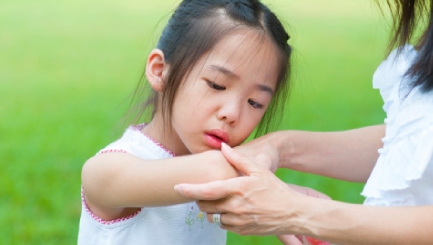Juvenile Arthritis a Common Disorder in the Under 16s
 Arthritis is often thought of as an old person’s disease. But the joint condition can also strike young people. Known as juvenile idiopathic arthritis (JIA), the condition is the most common chronic rheumatologic disease in under 16s and, in fact, one of the most common chronic childhood diseases.
Arthritis is often thought of as an old person’s disease. But the joint condition can also strike young people. Known as juvenile idiopathic arthritis (JIA), the condition is the most common chronic rheumatologic disease in under 16s and, in fact, one of the most common chronic childhood diseases.
The disease itself is similar to the type that strikes in adulthood, an inflammation of the joints that can be crippling. Typically a patient will have pain in their joints and suffer from stiffness, particularly in the morning.
In Canada, where more than 61,5000 children have JIA, March is Childhood Arthritis Month with projects and programs aimed at helping those youngsters who have the condition. Many of the events organised for the month will involve social media, aiming to raise money for research into the causes of the disease and into new treatments.
What is known about JIA is that it is an autoimmune disorder where the body’s own immune system attacks the healthy tissues of the bone joints, causing inflammation. However, what causes the immune system to turn on itself is not yet known, although some theories suggest that it is genetic and then triggered by a virus.
Symptoms will typically include swelling and pain in the joints and stiffness, usually in the morning or after a sleep. The affected joints are usually in the hands, knees and feet, and children with JIA may suffer from a limp, fevers and skin rashes, and swelling in the lymph nodes in the neck. Other potential side effects are eye inflammation and problems with growth.
Like all autoimmune disorders, there are times when the sufferer has no symptoms and other occasions when their symptoms are particularly bad. Many children who have JIA eventually grow out of it and suffer no recurrence in adulthood.


Comments are closed.